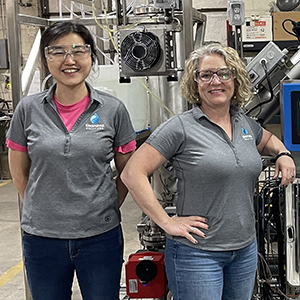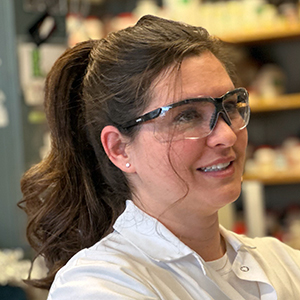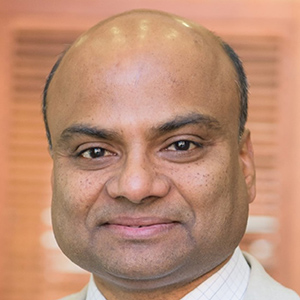Leaders from NIEHS and ten other federal agencies (see first sidebar) discussed innovative strategies to tackle emerging challenges related to hazardous waste cleanup as part of Federal Remediation Technologies Roundtable (FRTR) webinars, held May 19 and May 26.
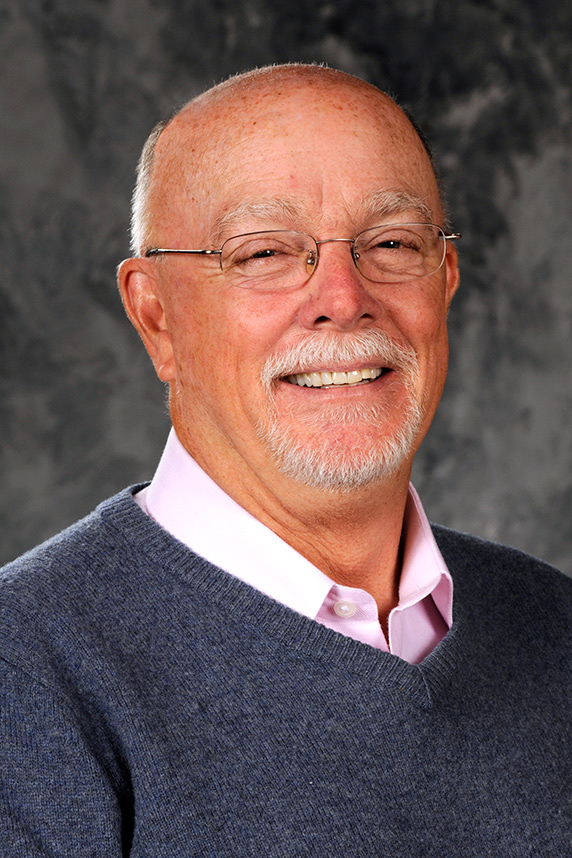 Suk explained that one of the biggest challenges for remediation technologies is overcoming the valley of death, a metaphor used to describe a gap in funding resources to move a technology successfully to the field. (Photo courtesy of Steve McCaw / NIEHS)
Suk explained that one of the biggest challenges for remediation technologies is overcoming the valley of death, a metaphor used to describe a gap in funding resources to move a technology successfully to the field. (Photo courtesy of Steve McCaw / NIEHS)Building on the interagency group’s 30-year history of successes (see second sidebar), the meeting brought together senior leaders of the agencies’ remediation programs and attracted more than 350 stakeholders, including individuals from academia and engineering firms.
The NIEHS Superfund Research Program (SRP) has been an FRTR member since 2006. Director William Suk, Ph.D., highlighted the program’s multidisciplinary approach to design practical, science-based solutions to reduce exposures and protect human health.
“Our multiproject research centers combine toxicology research, which can inform cleanup decisions, development of tools and strategies to remove contaminants from the environment, and a strong emphasis on research translation and community engagement,” said Suk.
“We have supported the cross disciplinary training of environmental health professionals, many of whom are now working in FRTR member agencies,” he added.
“It is this kind of strategic collaboration of diverse groups of researchers that can help address the grand challenges facing agencies and produce creative approaches to apply innovative tools in the field,” said Suk.
Challenges and research gaps
During lively discussions, senior leaders from FRTR member agencies (see second sidebar) shared common challenges, including remediation of complex sites, emerging contaminants, climate change, and incorporating environmental justice in the cleanup process.
'We've heard from many of our agencies that addressing emerging contaminants is an important challenge to tackle,' said Kent Glover, Ph.D., of the U.S. Air Force. 'One of our top priorities will be developing innovative techniques for site characterization and treatments for polyfluoroalkyl substances, complex mixtures, and others.'
“Another key issue that partner agencies will need to focus on moving forward is how to build resiliency into remediation approaches so they can adapt to evolving conditions,” said Thomas Nicholson of the Nuclear Regulatory Commission.
Advancing remediation technologies
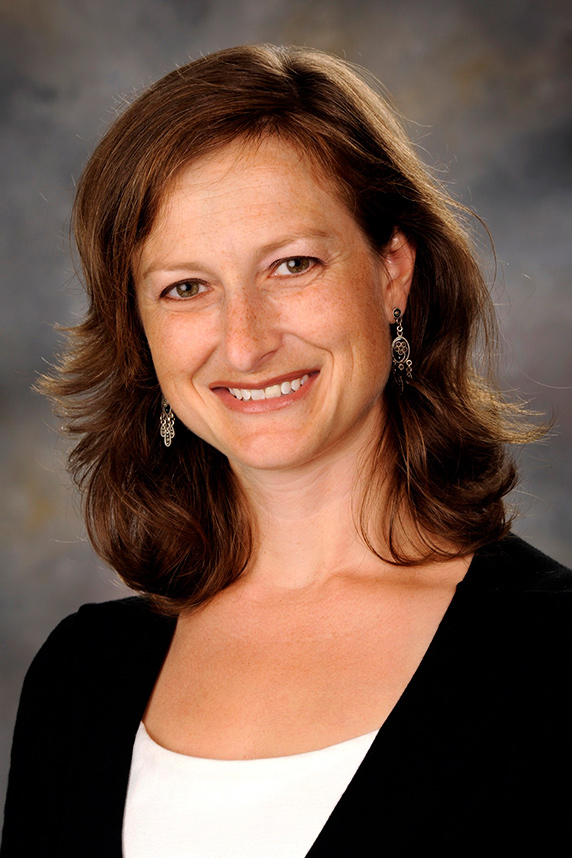 Henry, a member of the FRTR steering committee, highlighted the breadth of SRP funding, such as Small Business Innovative Research Grants(https://tools.niehs.nih.gov/srp/programs/index269.cfm). (Photo courtesy of Steve McCaw / NIEHS)
Henry, a member of the FRTR steering committee, highlighted the breadth of SRP funding, such as Small Business Innovative Research Grants(https://tools.niehs.nih.gov/srp/programs/index269.cfm). (Photo courtesy of Steve McCaw / NIEHS)NIEHS SRP Health Scientist Administrator Heather Henry, Ph.D., and Tanya Gallegos, Ph.D., from the U.S. Geological Service co-led the effort to organize these meetings, which involved a questionnaire to senior leaders regarding barriers to new technologies and recommendations for moving forward.
“As a program officer for SRP, part of my job is to demystify the grant process for applicants,” said Henry “These meetings allow us to discuss ways to demystify the technology transfer process to ensure that innovative tools get a chance to be implemented in the real world.”
Gallegos identified artificial intelligence, machine learning, and data mining tools as promising technologies to process and analyze data across multiple sites to better guide remediation strategies moving forward.
Future plans
In the coming months, the FRTR steering committee will reconvene to integrate member agencies’ input. They will develop plans for the working group, including focusing on facilitating knowledge exchange approaches for sites that are particularly difficult to remediate, developing a framework for sharing progress of new technologies between agencies, and training opportunities for the next generation of professionals.
“The FRTR steering committee has done impressive work to advance remediation technologies, and this group personifies the mission of FRTR,” said Glover. “Even though we come from different agencies with different perspectives, we seek to find common ground in cleaning up contaminated sites today and be better prepared to meet challenges in the future.”
(Mali Velasco is a research and communication specialist for MDB Inc., a contractor for the NIEHS Superfund Research Program.)






